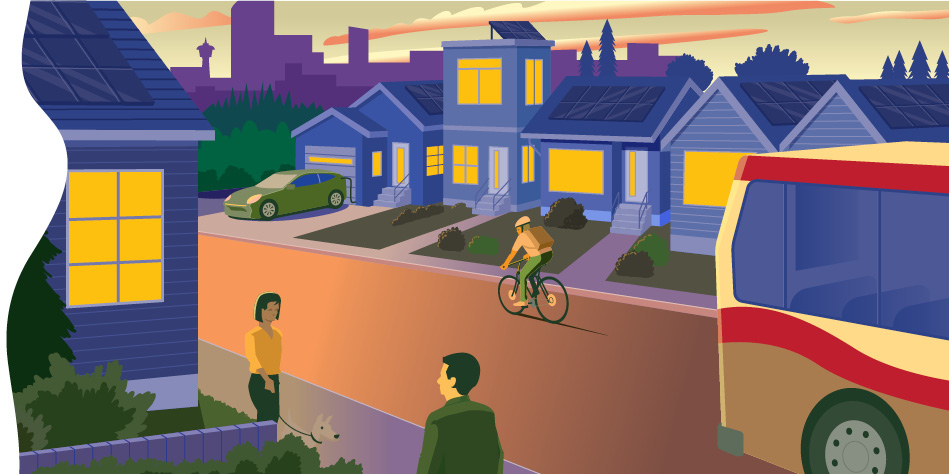Measuring Calgary’s climate action
Calgary’s progress on climate action
The 2023 Climate Progress Report provides an update on The City’s first year implementing the 2023-2026 Climate Implementation Plan.
It also tells us how this work progresses Calgary’s efforts to decarbonize and adapt to our changing climate over the next 30 years.

Climate and Environment Dashboard
The Climate and Environment Dashboard is a tool that helps you learn about what we are doing to make Calgary a more sustainable and environmentally friendly place to live. It tracks our progress in addressing our climate and environment objectives in one easy-to-access location. It allows Calgarians to monitor climate and environment metrics and track the status of our actions and their impacts.
View the dashboardAt The City, we're holding ourselves accountable on our role and effort in leading climate action. We have developed this dashboard to support how we evaluate, measure, and report on our progress. As we get farther down the pathway to 2050, our approaches will evolve and likely change depending on new data, new technologies, or new approaches to taking climate action.


